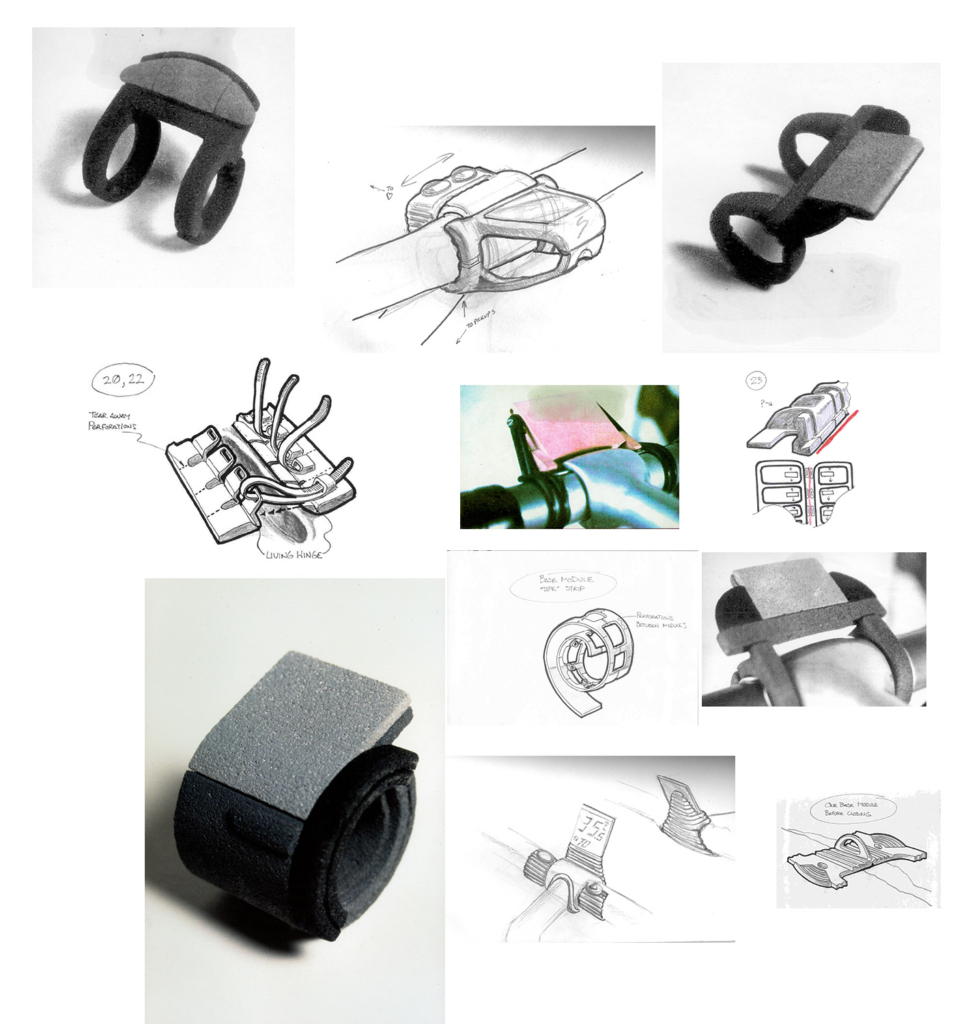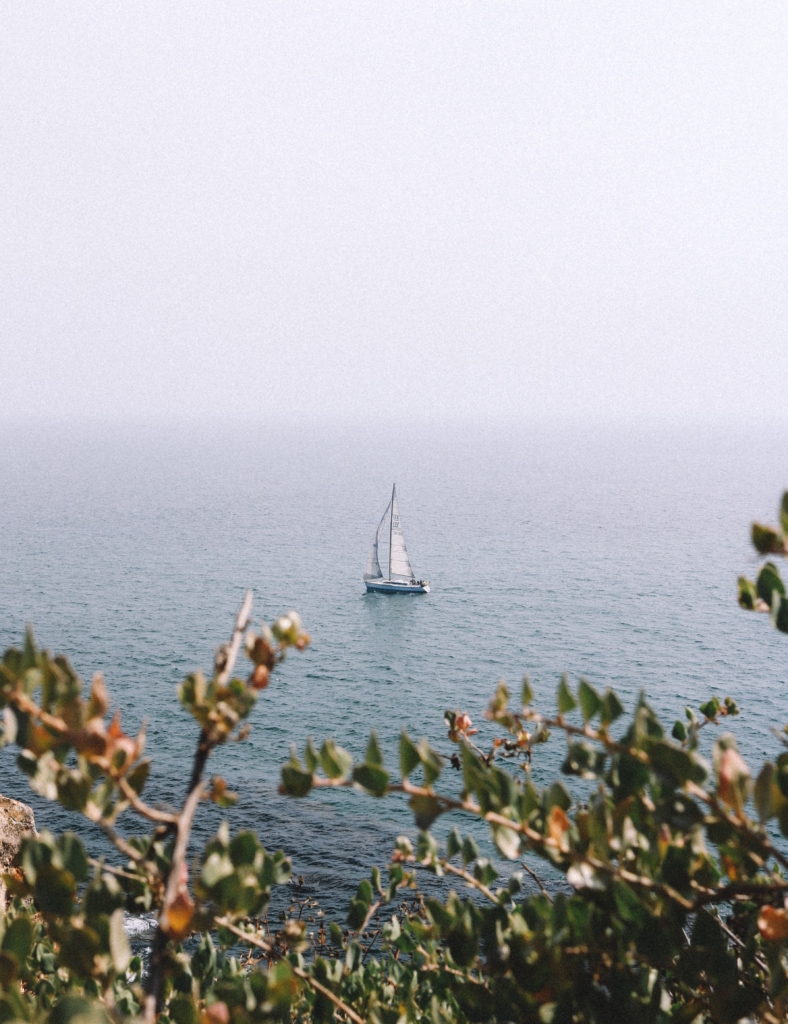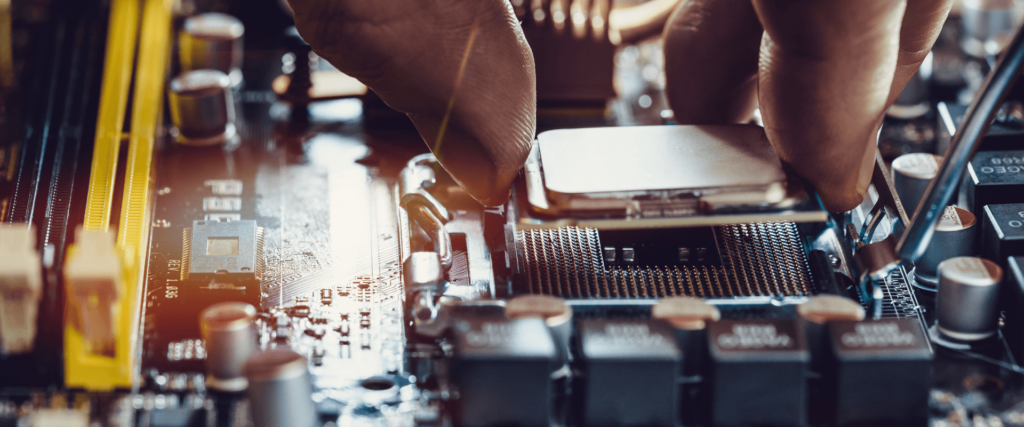Article
How Far Robotics Has Come — and Where It’s Going
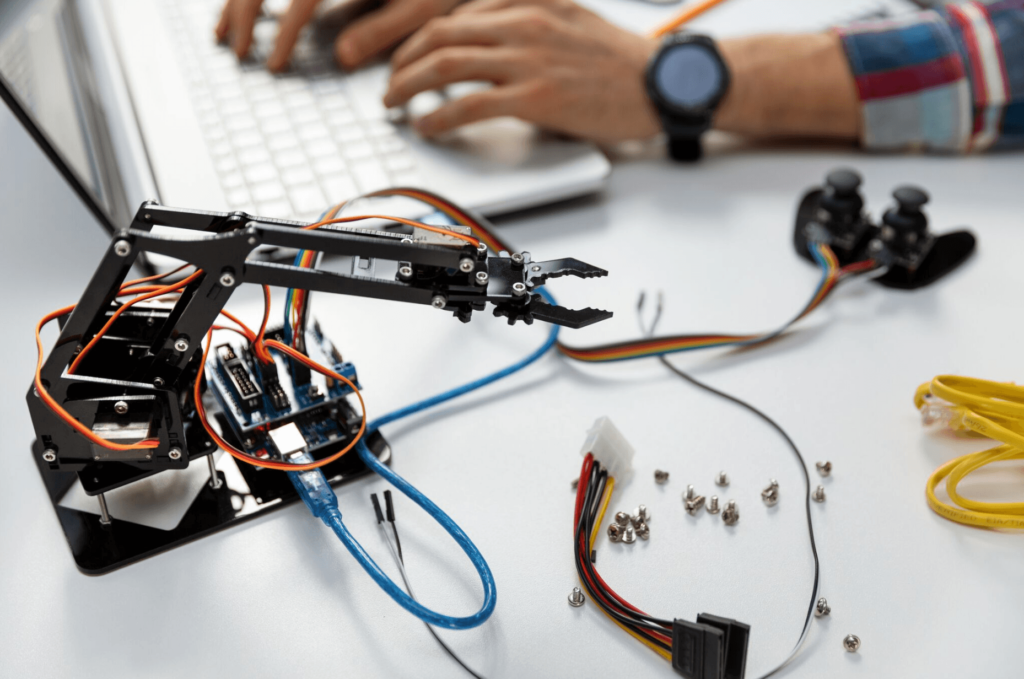
To understand current robotic capabilities and limitations, rapidly developing future technologies, and people’s expectations when working with robots, it’s necessary to delve into a bit of history.
A Brief History of Robotics
The discussion of robotic factors started back in 1942 with Isaac Asimov’s three laws for robotics. These rules laid the foundation for what it means to be a robot. The laws stated:
- A robot must not injure a human being
- Robots must obey any orders given to them by humans
- Robots must protect their own existence (as long as this doesn’t conflict with the first and second laws)
After this first definition of the function of robots, here are just a few key events (get our full timeline here) that solidified the relationship between robots and automated processes:
1954: The first robotic arm was developed by George Devol and Joe Engleberger to take care of dangerous, repetitive tasks.
1969: Robotic technology was already sophisticated enough to allow NASA to land on the moon.
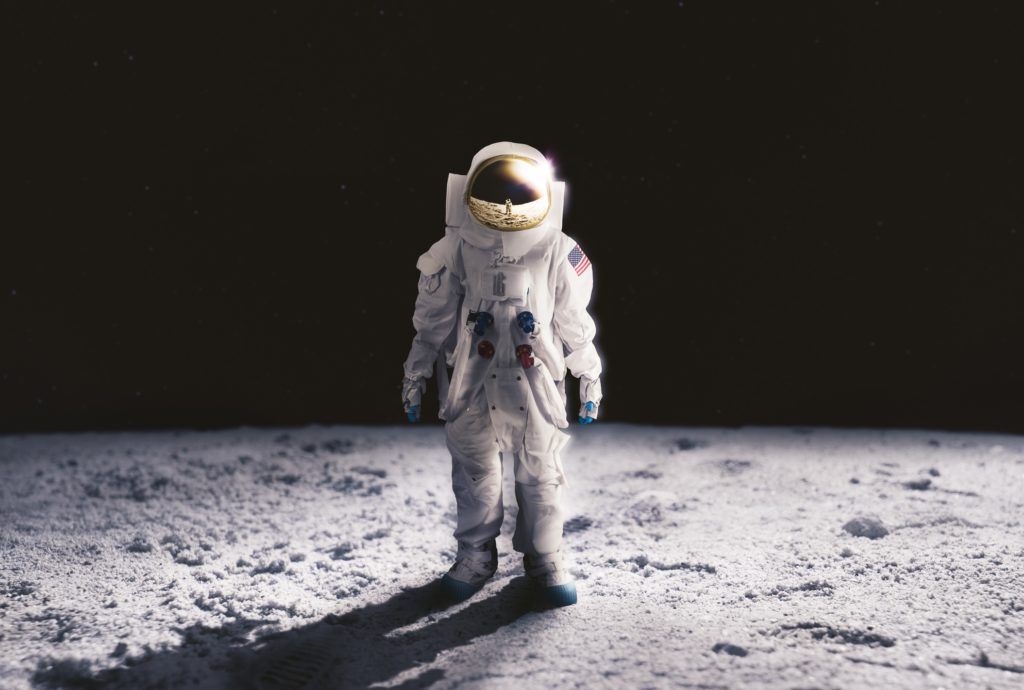
1986: The first self-driving car made its way through empty streets with the help of Mercedes-Benz and researchers at Germany’s Bundeswehr University.
1993: Dante, an 8-legged remotely-controlled robot, attempted to collect scientific data from Antarctica’s Mount Erebus volcano.
2003: Fujitsu Laboratories designed a dynamically reconfigurable neural network that allows robots to learn movement quickly. Also this year, the first version of Actroid woman was released. The robot is designed to appear human and can mimic blinking, breathing, and other lifelike qualities.
2006: A robot completed a heart operation on its own.
2013: Tiny flying robots, RoboBees, were designed to help with search and rescue, crop irrigation, and other tasks.
2017: Marble released its autonomous delivery robots onto the streets of San Francisco to deliver Mediterranean food.
2018: Boston Dynamics’ robots can run, jump, climb, and do backflips. Sophia, an incredibly lifelike robot that became an official citizen of Saudi Arabia last year, continued to make headlines after getting in a Twitter fight with an actress. ForwardX CX-1 is a robotic suitcase that uses facial recognition to track and follow its owner through the airport.
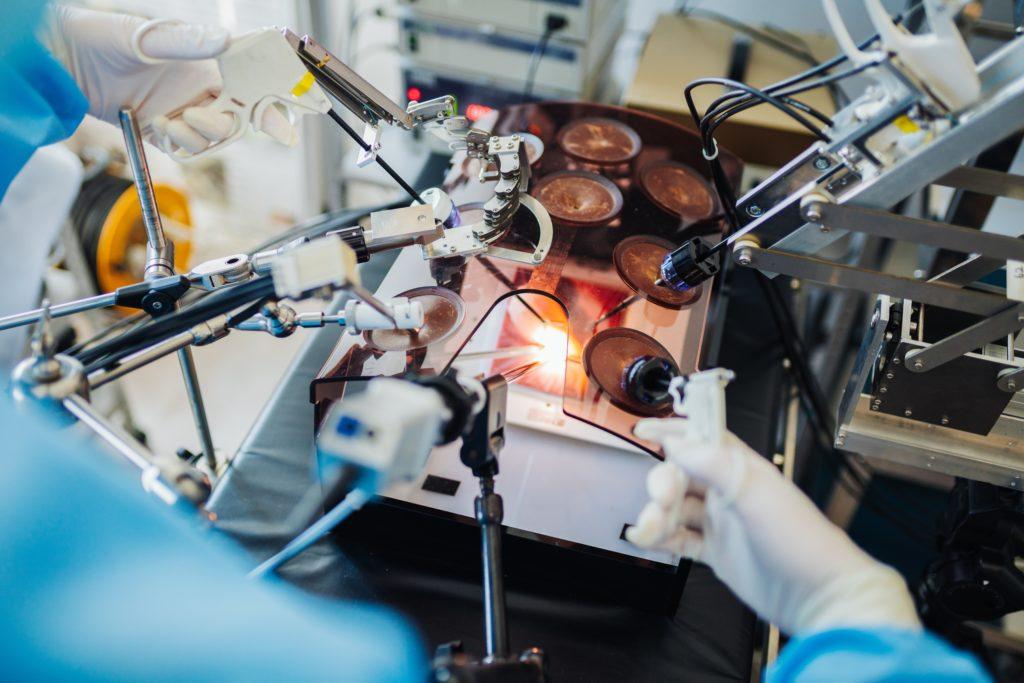
The Future of Robotics
Next year, in 2019, it’s estimated that there will be 2.6 million robotic units deployed around the world.
The European Union is attempting to lead the charge. For instance, half of the top 10 nations with the most industrial robots per 10,000 employees are in the European Union. However, China, Korea, Japan, and the United States are the top four markets for industrial robots in the world. Competition is stiff, and many of the big players are working to compete by expanding their robotic workforce.
Advanced Computing Power Is Driving Robotics Forward
Underpinning robotics advancements is the development of near-infinite computer power and computer vision from the creation of more accurate sensors and advancing artificial intelligence (AI). In the past, the limitations of finite computer processing power and inaccurate sensors and weak AI kept robots from moving into a realm where they could learn and operate like humans. Computing advancements now enable robots to understand complex demands that were once impossible.
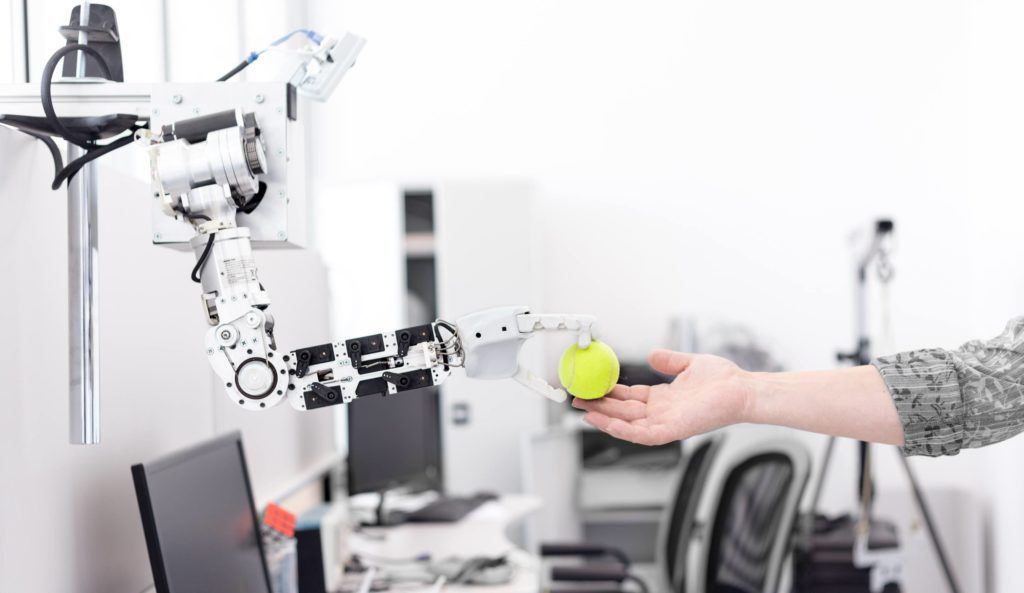
The Future of Robots Is Collaboration
We are at a point where robot technology is advanced, and the next frontier is collaboration. Reaching higher levels of automation necessarily means that robots will need to work more collaboratively in various scenarios. The computer has allowed human beings to accomplish tasks with incredible speed, and robots will continue to expand human capabilities in their own way.
Design & Engineer Your Future with Robots
The field of robot factors is relatively new, which makes research and development all the more vital for business leaders interested in placing robots in their workplace. Robots can add the most value to a project when there is deep understanding and strategy behind their implementation.
Whether you are looking to explore what it would take to implement a robot in your workflow, or you are looking to make your current automation processes better, we are here to help you design and engineer your future.




